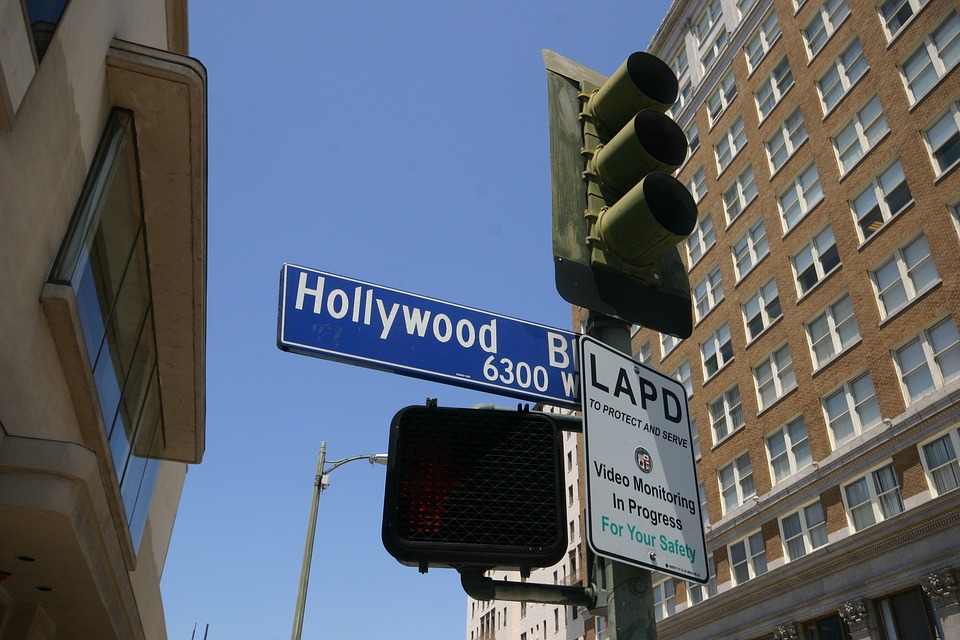The Golden Age of Hollywood: A Glimpse into the Past
The Golden Age of Hollywood is often referred to as the most iconic and glamorous era in the history of American cinema. Spanning from the 1920s to the early 1960s, this period saw the rise of some of the most famous and beloved films, actors, and directors in history. From timeless classics like “Gone With the Wind” and “Casablanca” to iconic stars like Marilyn Monroe and Humphrey Bogart, the Golden Age of Hollywood continues to captivate audiences around the world.
The Birth of Hollywood
The roots of Hollywood can be traced back to the early 20th century when film production companies began migrating from the East Coast to the West Coast in search of better weather and more scenic locations. It wasn’t long before the small town of Hollywood, California became the epicenter of the burgeoning film industry, with studios like Paramount and Warner Bros. setting up shop and churning out hit after hit.
One of the key factors that contributed to Hollywood’s success during this time was the introduction of sound in film. The advent of “talkies” revolutionized the industry and paved the way for the creation of some of the most memorable films of all time. Stars like Charlie Chaplin and Clara Bow became household names, while directors like Cecil B. DeMille and D.W. Griffith established themselves as true visionaries in the world of cinema.
The Studio System
During the Golden Age of Hollywood, the major studios had complete control over every aspect of the filmmaking process. From casting to marketing to distribution, these powerful conglomerates held all the cards and dictated the terms to which filmmakers and actors had to adhere. While this system had its downsides, it also produced a staggering number of classic films that continue to stand the test of time.
Stars like Bette Davis, Cary Grant, and Katharine Hepburn became synonymous with the glamour and sophistication of the era, while films like “Gone With the Wind” and “The Wizard of Oz” captivated audiences with their visual splendor and emotional depth. The Golden Age of Hollywood was truly a golden age for movies, with audiences flocking to theaters in record numbers to see the latest releases from their favorite stars.
End of an Era
By the 1960s, the Golden Age of Hollywood was beginning to show signs of wear and tear. The rise of television and changing social attitudes towards censorship and morality had a profound impact on the industry, leading to a decline in the quality and popularity of many Hollywood films. Stars like Marilyn Monroe and James Dean had tragically passed away, leaving a void that seemed impossible to fill.
Despite these challenges, the spirit of the Golden Age of Hollywood continues to live on in the hearts and minds of film lovers everywhere. Classic films like “Casablanca” and “Singin’ in the Rain” continue to be celebrated as timeless masterpieces, while actors like Audrey Hepburn and Clark Gable remain symbols of the glamour and sophistication of a bygone era. The legacy of the Golden Age of Hollywood is alive and well, inspiring new generations of filmmakers and actors to create works of art that capture the magic and allure of classic cinema.
Conclusion
The Golden Age of Hollywood was a time of unparalleled creativity, innovation, and artistry in the world of cinema. From the birth of the studio system to the emergence of iconic stars and directors, this era produced some of the most beloved and enduring films in history. While the industry has evolved and changed in the decades since, the magic and allure of the Golden Age of Hollywood continue to captivate audiences around the world.
As we look back on this iconic era of classic films, we are reminded of the power of storytelling and the ability of cinema to transport us to another time and place. The Golden Age of Hollywood may be over, but its legacy lives on in the hearts and minds of film lovers everywhere.
